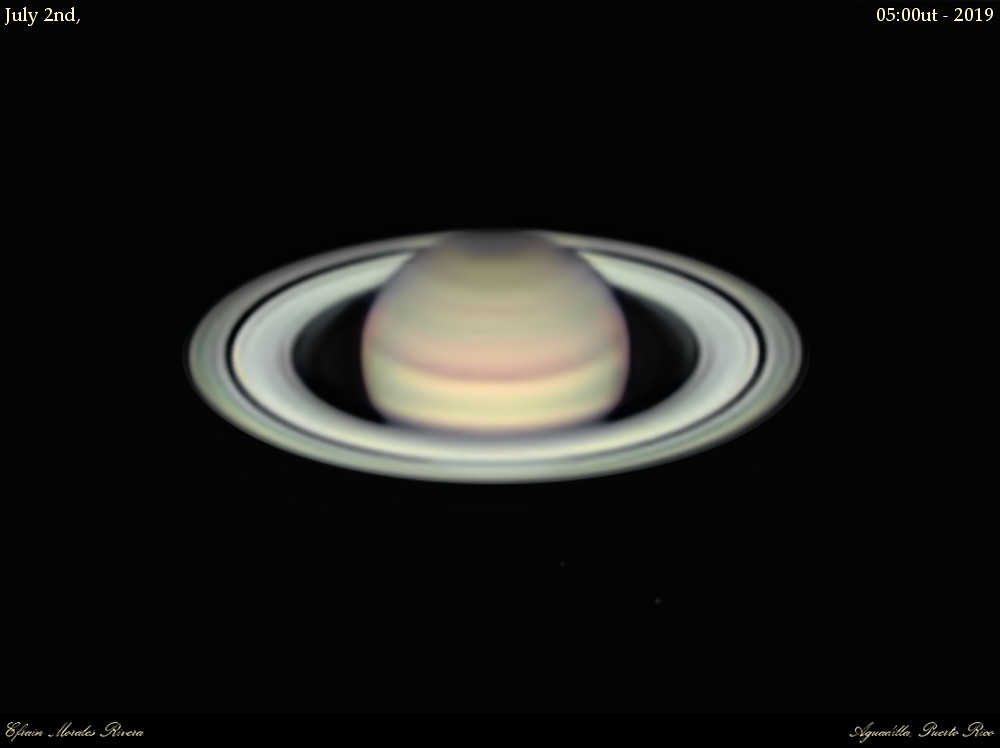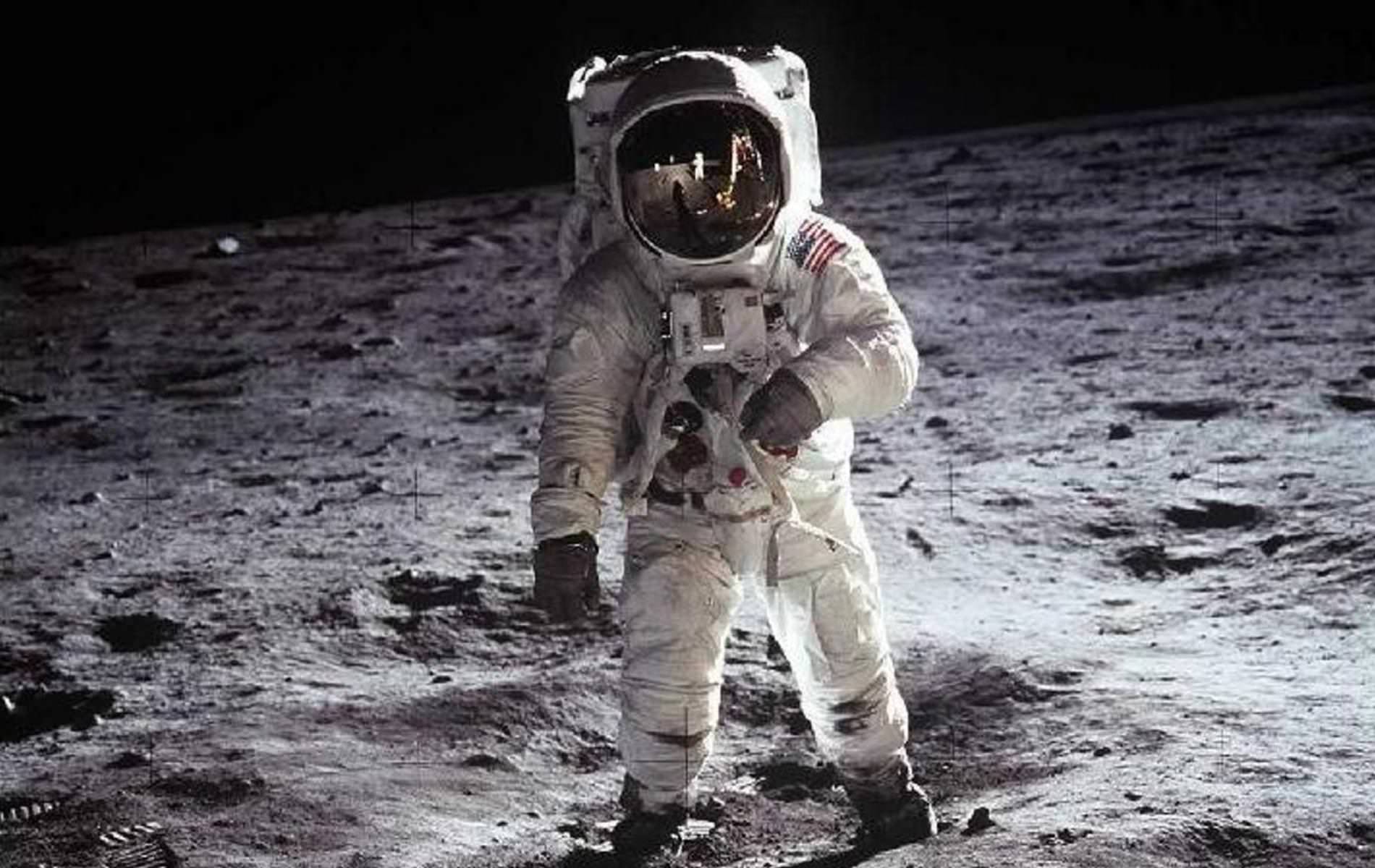Saturn opposition season never disappoints. Slowly, one by one, the planets are returning to the dusk sky. In June, we had Jupiter reach opposition on June 10th. Now, although Mercury and Mars are fleeing the evening scene low to the west at dusk and Venus lingers low in the dawn, magnificent Saturn reaches opposition tonight on July 9th, rising to the east as the Sun sets to the west.
Continue reading “Our Guide to Saturn Opposition Season 2019”A Jarful of Titan Could Teach Us A Lot About Life There, and Here On Earth

Titan is a distant, exotic, and dangerous world. It’s frigid temperatures and hydrocarbon chemistry is like nothing else in the Solar System. Now that NASA is heading there, some researchers are getting a jump on the mission by recreating Titan’s chemistry in jars.
Continue reading “A Jarful of Titan Could Teach Us A Lot About Life There, and Here On Earth”The Planet-Hunting TESS Discovers Its Smallest Exoplanet to Date
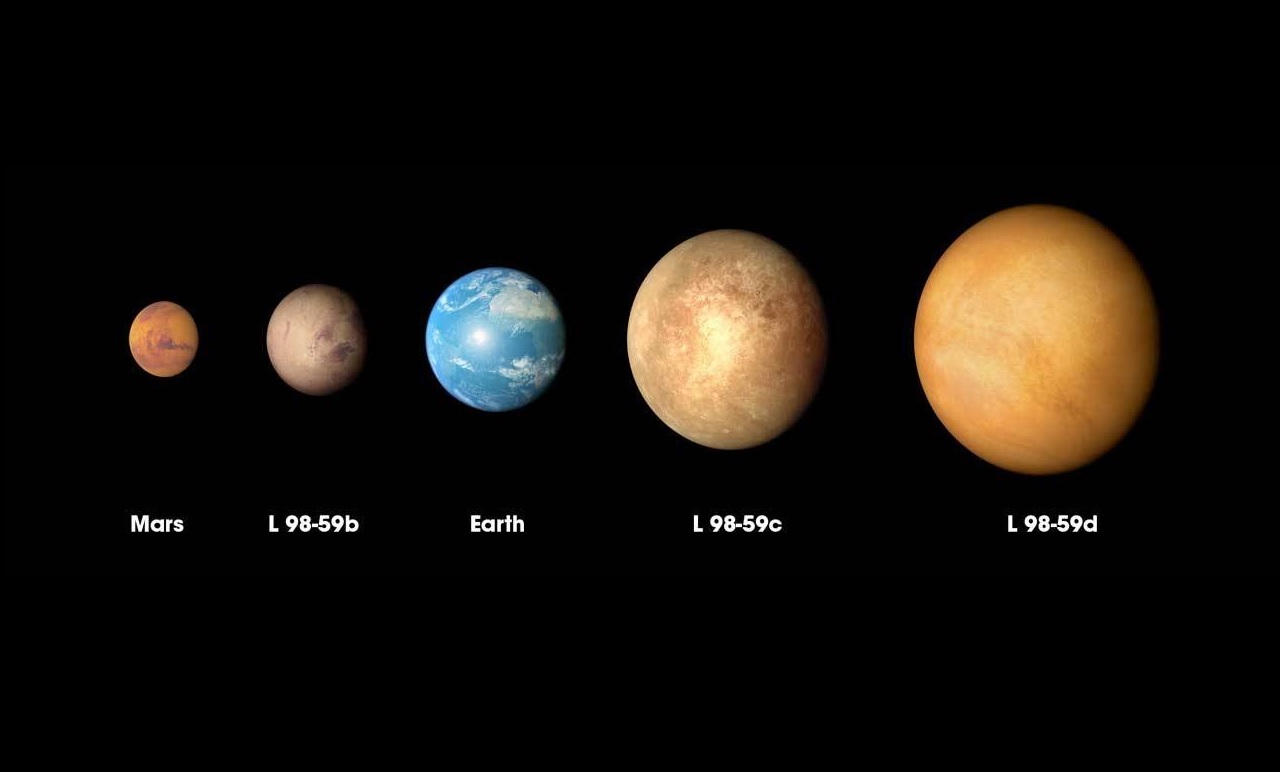
Thanks in large part to the Kepler Space Telescope, the number of confirmed extrasolar planets has grown exponentially in the last decade. And with next-generation missions like the Transiting Exoplanet Survey Satellite (TESS) already in orbit, more candidates and confirmed planets are being discovered all the time – many of them new and exciting ones too!
In fact, one of TESS’ most recent discoveries includes a three-planet system that orbits a star (L 98-59) located roughly 35 light-years from Earth. One of the planets, known as L 98-59b, is between the sizes of Earth and Mars – effectively making it the smallest exoplanet discovered by TESS to date. The discovery also highlights the sophistication of TESS and doubles the number of small exoplanets that are considered worthy of follow-up studies.
Continue reading “The Planet-Hunting TESS Discovers Its Smallest Exoplanet to Date”NASA Telescopes Reveal the Atmosphere of a Strange Hybrid Exoplanet

Out there in space is an unusual exoplanet name Gliese 3470 b (GJ 3470 b.) It’s a strange world, kind of like a hybrid between Earth and Neptune. It has a rocky core like Earth, but is surrounded by an atmosphere made of hydrogen and helium. That combination is unlike anything in our own Solar System.
Continue reading “NASA Telescopes Reveal the Atmosphere of a Strange Hybrid Exoplanet”Hubble has a Brand New Picture of the Massive Star Eta Carinae. It Could Detonate as a Supernova Any Day Now
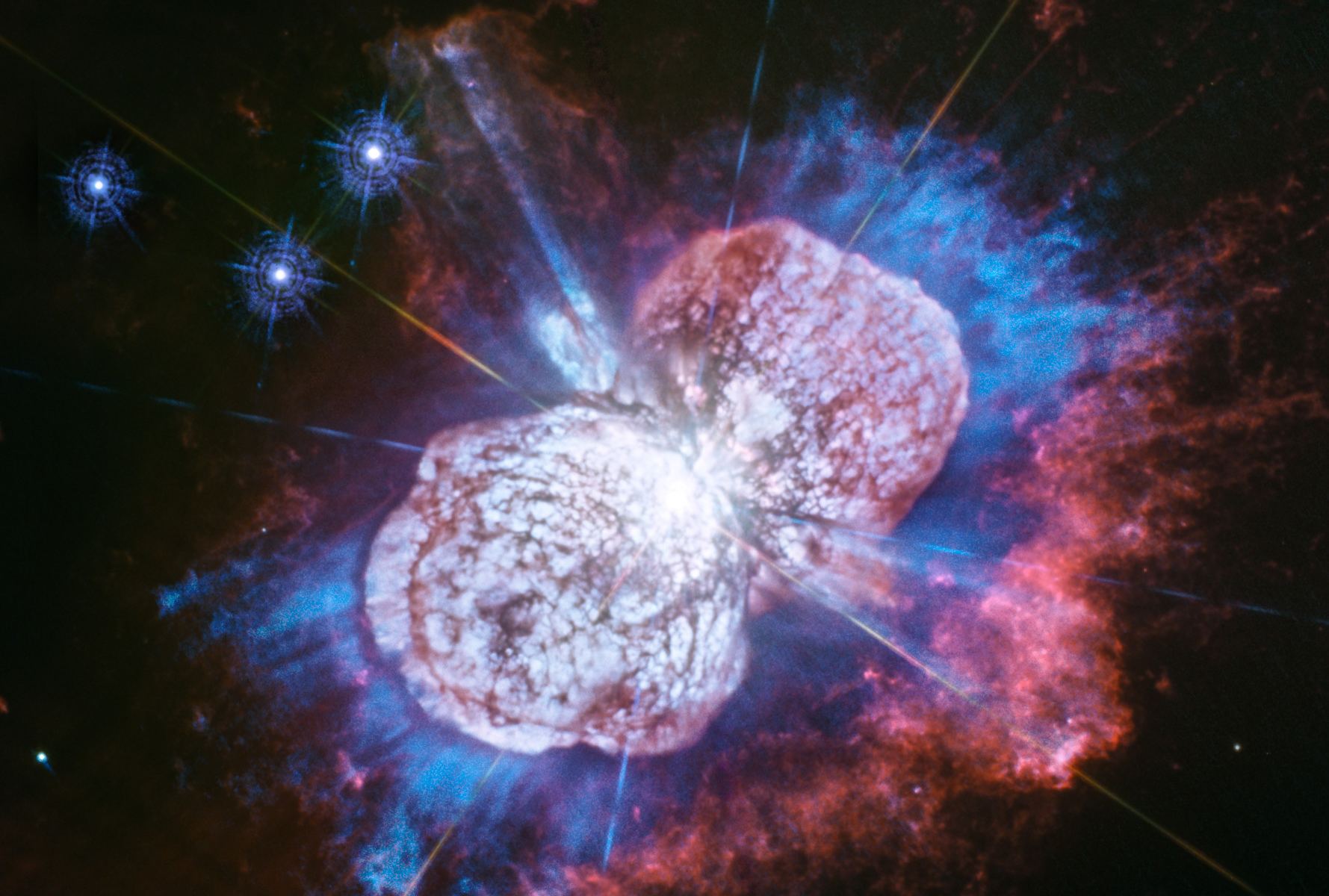
7500 light years away is an object that (almost) needs no introduction: Eta Carinae. If you haven’t heard of it you should be following Universe Today more. Eta Carinae is a well-known and often-studied object in astronomy, partly because it’s prone to the kind of violent outbursts that really grab your attention.
Continue reading “Hubble has a Brand New Picture of the Massive Star Eta Carinae. It Could Detonate as a Supernova Any Day Now”Dr. Avi Loeb Thinks the Government Should set its Sights on Big Ideas in Space Exploration
On July 20th, 2019, exactly 50 years will have passed since human beings first set foot on the Moon. To mark this anniversary, NASA will be hosting a number of events and exhibits and people from all around the world will be united in celebration and remembrance. Given that crewed lunar missions are scheduled to take place again soon, this anniversary also serves as a time to reflect on the lessons learned from the last “Moonshot”.
For one, the Moon Landing was the result of years of government-directed research and development that led to what is arguably the greatest achievement in human history. This achievement and the lessons it taught were underscored in a recent essay by two Harva
Astronomers See Evidence of Supermassive Black Holes Forming Directly in the Early Universe
Super-Massive Black Holes (SMBH) are hard to explain. These gargantuan singularities are thought to be at the center of every large galaxy (our Milky Way has one) but their presence there sometimes defies easy explanation. As far as we know, black holes form when giant stars collapse. But that explanation doesn’t fit all the evidence.
Continue reading “Astronomers See Evidence of Supermassive Black Holes Forming Directly in the Early Universe”The Latest Insanely Beautiful Image of Jupiter Captured by Juno
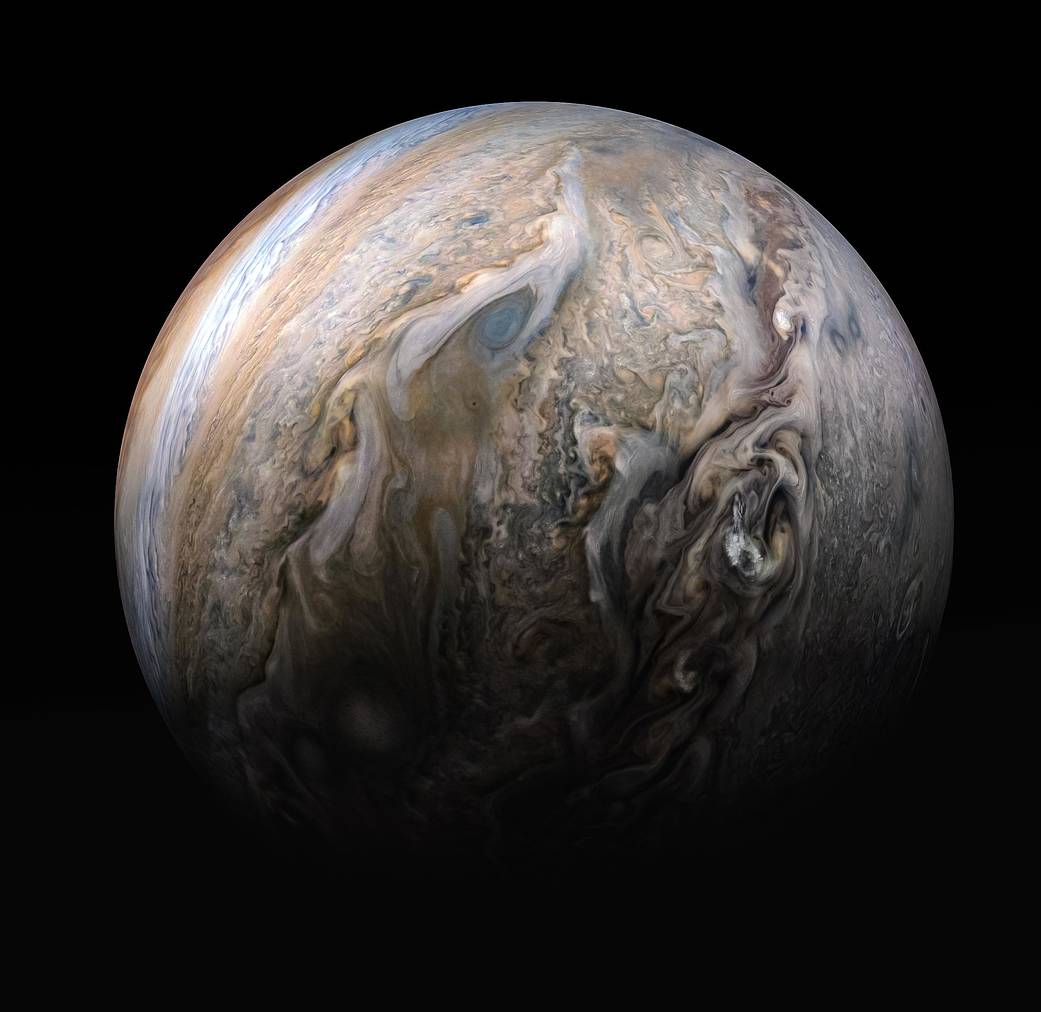
There’s something about Jupiter that mesmerizes those who gaze at it. It’s intricate, dazzling clouds are a visual representation of the laws of nature that’s hard to turn away from. And even though the Juno spacecraft has been at Jupiter for almost three years now, and has delivered thousands of images of the gas giant’s colourful, churning clouds, we can’t seem to satisfy our appetite.
Continue reading “The Latest Insanely Beautiful Image of Jupiter Captured by Juno”A Fast Radio Burst has Finally Been Traced Back to its Source: the Outskirts of a Galaxy 4 Billion Light-Years Away
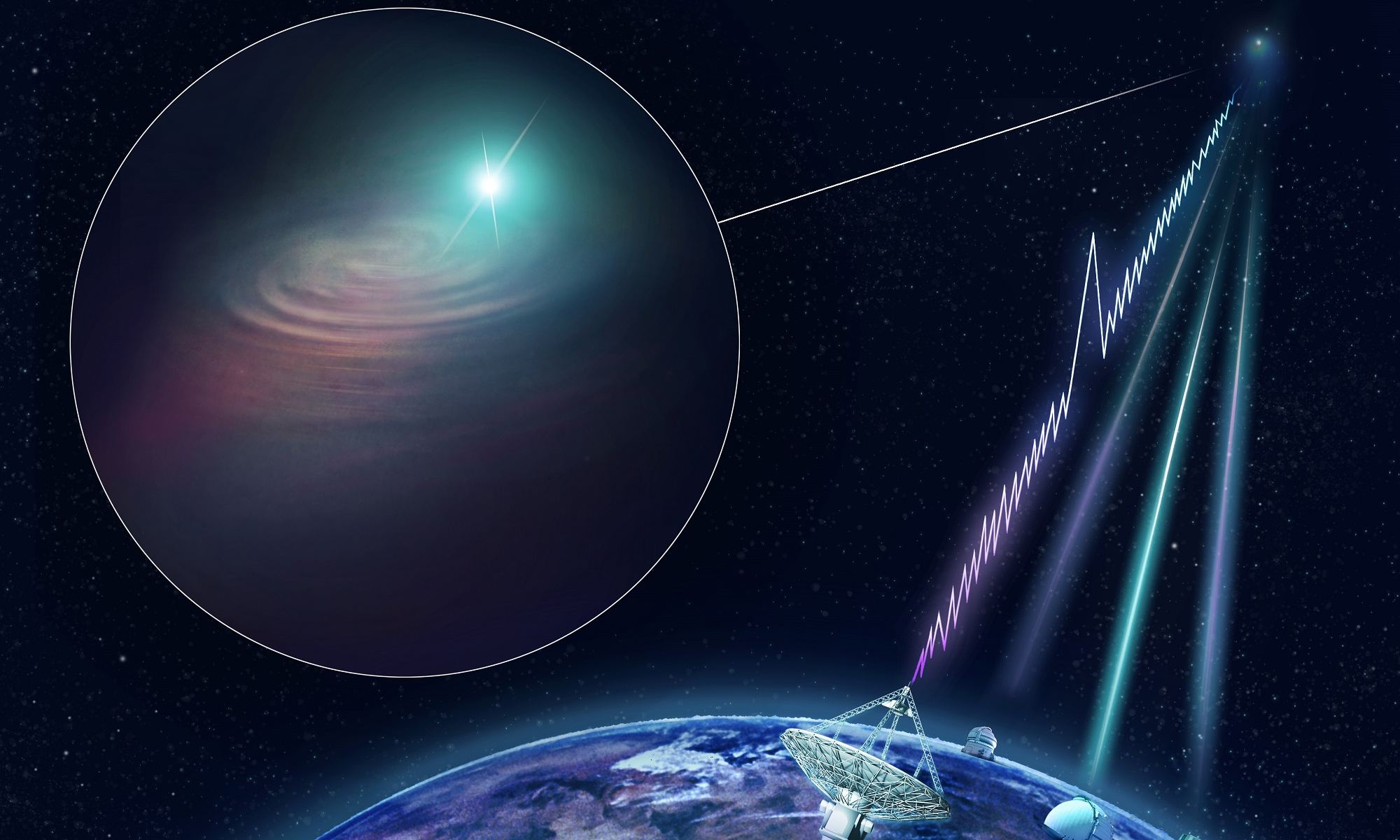
Fast-Radio Bursts (FRBs) are one of the most puzzling phenomena facing astronomers today. Essentially, FRBs are brief radio emissions from distant astronomical sources whose cause remains unknown. In some cases, FRBs that have been detected that have been repeating, but most have been one-off events. And while repeating sources have been tracked back to their point of origin, no single events have ever been localized.
Until now. Using the Australian Square Kilometer Array Pathfinder (ASKAP) and other radio telescopes from around the world, an Australian-led team of astronomers managed to confirm the distance to an intense radio burst that flashed for just a thousandth of a second. The constitutes the first non-repeating FRB to be traced back to its source, which in this case was a galaxy located 4 billion light-years away.
Continue reading “A Fast Radio Burst has Finally Been Traced Back to its Source: the Outskirts of a Galaxy 4 Billion Light-Years Away”Earth To Mars In 100 Days? The Power Of Nuclear Rockets
The Solar System is a really big place, and it takes forever to travel from world to world with traditional chemical rockets. But one technique, developed back in the 1960s might provide a way to dramatically shorten our travel times: nuclear rockets.
Continue reading “Earth To Mars In 100 Days? The Power Of Nuclear Rockets”
